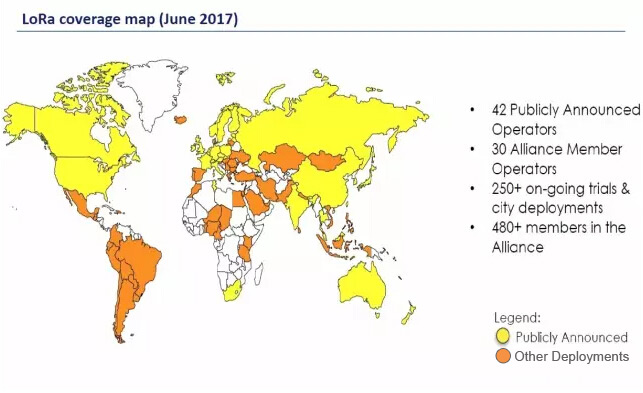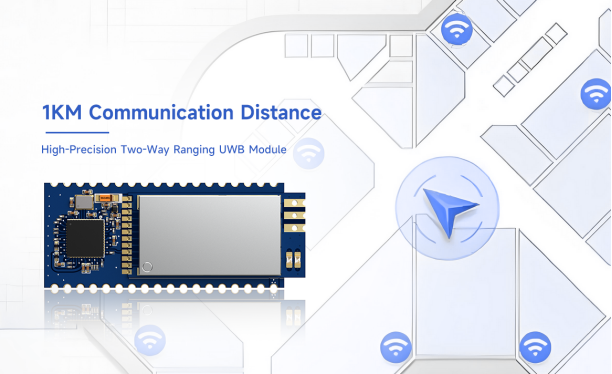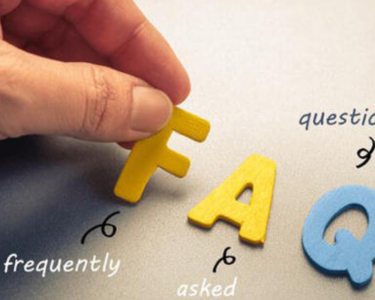Analysis: The current status of global LoRa network deployment
Jul . 2017
During June 28-30, 2017, ITU held a conference on IoT (Internet of Things) in Mauritius. At the meeting, ITU expert Sami Tabbane gave a speech on the IoT ecosystem, which mentioned the current status of global LoRa network deployment.
As of June 30, 2017, the status of global LoRa network deployment is shown in the following figure:

In the above figure, the yellow area indicates the area where the LoRa network has been publicly announced to be deployed, and the light brown area indicates the area where other networks have been deployed.
Among them, as of June 30, 2017:
(1) A total of 42 mobile communication operators have publicly announced the deployment of LoRa networks worldwide;
(2) There are 30 mobile communication operators that have joined the LoRa Alliance;
(3) There are more than 250 LoRa test networks and urban commercial network deployments;
(4) The number of member units of the LoRa Alliance has exceeded 480.
Analysis: It can be seen that LoRa still has a certain degree of competitiveness in the global market. As of now, there are still many mobile communication operators who are optimistic about and continue to use LoRa.
For cellular narrowband Internet of Things such as NB-IoT, GSMA previously defined 7 application scenarios classifications such as public utilities and smart cities, including 21 specific business classifications. But in fact, most of the services can also be realized by using technologies such as LoRa. At present, the advantages of LoRa are mainly reflected in the flexible scale of network construction, data security and controllability, and low operating charges. An ordinary LoRa gateway is sufficient to provide localized IoT application services for ordinary enterprise customers.
Recently, we have observed that operators who adopted LoRa technology before the emergence of emerging cellular IoT standards have also announced that they will also adopt emerging cellular IoT technologies such as NB-IoT in due course, but they are also accelerating the pace of LoRa network construction recently. , Including Swisscom, France Telecom, etc.
Take France Telecom as an example. Recently, it announced the latest developments and plans of the LoRa network:
Up to now, France Telecom's LoRa network has covered more than 4,000 towns and factories in France, with more than 100 corporate customers. France Telecom's goal is to build a LoRa network covering the entire territory of France by the end of 2017.
At present, France Telecom is formulating the LoRaWAN roaming standard, and plans to complete the interconnection of its LoRa network with at least one other European mobile communication operator's LoRa network within the framework of the LoRa Alliance before December 2017.
In addition, the LoRa industry chain has also been continuously improved. In June, Cisco launched two new LoRaWAN gateway products: (1) IXM-LPWA-800-16-K9. It belongs to the IoT expansion module series, 863-870 MHz frequency band, 16 LoRa channels, IP67; (2) IXM-LPWA-900-16-K9. It belongs to the IoT expansion module series, 902-928 MHz frequency band, 16 LoRa channels, IP67.
 +86-755-23080616
+86-755-23080616
 sales@nicerf.com
sales@nicerf.com
Website: https://www.nicerf.com/
Address: 309-314, 3/F, Bldg A, Hongdu business building, Zone 43, Baoan Dist, Shenzhen, China


 English
English







